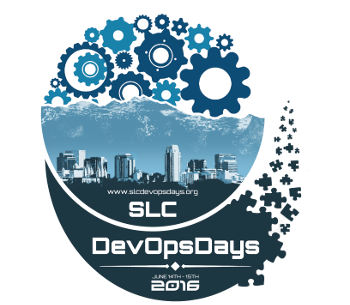Tag Archives: security compliance
How useful is the Assimilation CMDB for security?
SOCMDB – a Security-oriented CMDB – Why and How

The idea of a configuration management database (CMDB) is that it should be able to tell you all the interesting attributes of your environment. It’s not hard to imagine that just the right CMDB could be a great help in securing your systems and improving your security posture. In this article we’ll look in more detail at what a Security-Oriented CMDB (SOCMDB) should look like – and why you should care.
How the right CMDB can improve your security posture

In a couple of earlier blog posts, I wrote an article about what characteristics would make a CMDB suitable for a “modern” DevOps-like environment. The first article talked about what characteristics one would like in such a CMDB. The second article evaluated the Assimilation Suite in terms of those characteristics. This article discusses how a CMDB can improve your security posture.
In today’s blog post, I’d like to do something similar – but looking at a CMDB from a security perspective. That is, this blog post is the first part of a discussion of what a security-oriented CMDB ought to look like and how it can improve your security posture.
Assimilation Versus Orchestration Tools Like Chef or Puppet?
Assimilation 2016 Security Roadmap

About a year ago, we created a security roadmap for the Assimilation Project. It’s time to update it and see how we’ve progressed since then – hence our Assimilation 2016 Security Roadmap. The Assimilation Security software concentrates on low-noise automated security tools. We expect to enhance our capabilities in best practice analyses, checksum integrity analyses, patch […]
The Unknown Unknowns

Recently, Security Week featured a great article by Emily Ratliff about “Unknown Unknowns” which explains really well how it is that the things you don’t know are those most likely to bite you. This kind of advice about what you don’t know biting you is ancient and dates back thousands of years before computers were invented.
SLC DevOpsDays 2016 – Come Get Assimilated!

In June, I’ll be giving a talk at SLC DevOpsDays 2016 (Salt Lake City) – about the intersection of DevOps and security. This is a challenging space, since security has trouble keeping up with “normal” IT, and one of the common goals of DevOps is greater velocity – more changes faster. At SLC DevOpsDays 2016, I’ll be giving practical how-to talk, where you can learn how to begin securing your systems in 15 minutes, andwill cover two new features I’ve never demonstrated or talked about before – detailed Docker discovery, and subgraph queries. Although I have a blog post on Docker discovery, I haven’t talked about our new canned subgraph queries. They help you understand and visualize how all your servers and networks are related to each other.
Assimilation Talk at the 2016 DevOps Rockies Conference

I just got back from the 2016 DevOpsDaysRox conference last week. I’d like to talk a little about my presentation on the Assimilation suite from the cybersecurity perspective, and how what I learned and heard at the conference will influence future Assimilation development – particularly regarding Docker. After the conference, Docker even entered my dreams, morphing into how best to support it in Assimilation. It was a bit surreal, but so was giving my talk – which I’ll explain a bit later in this article.
Last Thursday, I had the privilege of speaking at DevOpsDaysRox (Rockies) at the Fortrust data center in Denver. A bit weird speaking in undeveloped space in a data center, but somehow fitting for a DevOps conference. The talk was about 10 minutes worth of talk (slides on speakerdeck), and about 20 minutes worth of live demonstration. The live demonstration covered some of the same things that I’ve covered in our blog before.



